| Plant Habit: | Shrub Tree Cactus/Succulent |
| Life cycle: | Perennial |
| Sun Requirements: | Full Sun Full Sun to Partial Shade |
| Water Preferences: | Dry Mesic Dry |
| Minimum cold hardiness: | Zone 8b -9.4 °C (15 °F) to -6.7 °C (20 °F) |
| Plant Height: | Up to 15 feet (4.5m) |
| Plant Spread: | Up to 10 feet (3m) |
| Fruit: | Showy Indehiscent |
| Fruiting Time: | Late spring or early summer Summer |
| Flowers: | Showy |
| Flower Color: | Orange Red Yellow |
| Bloom Size: | 2"-3" |
| Flower Time: | Spring Late spring or early summer |
| Suitable Locations: | Xeriscapic |
| Uses: | Windbreak or Hedge Vegetable Will Naturalize |
| Edible Parts: | Stem Fruit |
| Eating Methods: | Raw Cooked |
| Wildlife Attractant: | Bees Birds |
| Resistances: | Deer Resistant Drought tolerant |
| Propagation: Seeds: | Provide light Self fertile Needs specific temperature: 68-86 degrees Depth to plant seed: 0.2 inch Sow in situ Start indoors Can handle transplanting Other info: Seeds may be extremely slow to germinate |
| Propagation: Other methods: | Cuttings: Stem Layering Other: Individual pads form new plants; they must dry and callous for 10 days before planting |
| Pollinators: | Various insects |
| Containers: | Needs excellent drainage in pots Not suitable for containers |
| Miscellaneous: | Tolerates poor soil With thorns/spines/prickles/teeth |


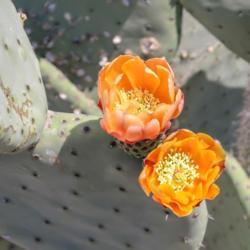
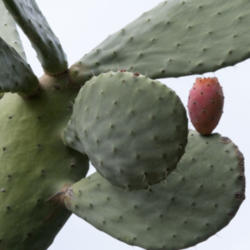

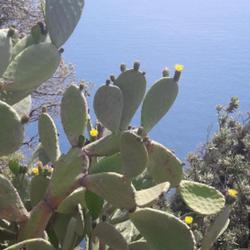
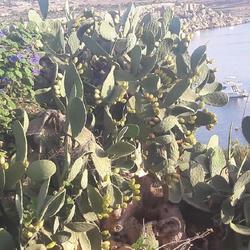

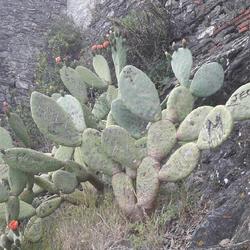
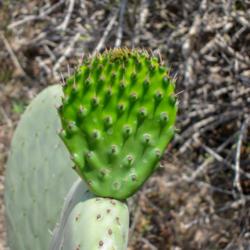
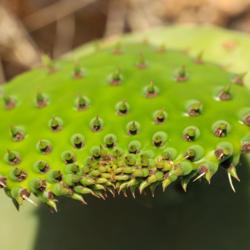
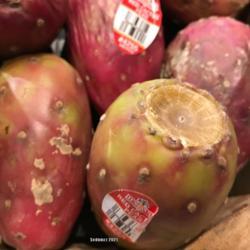
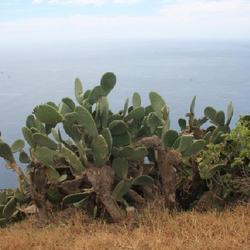
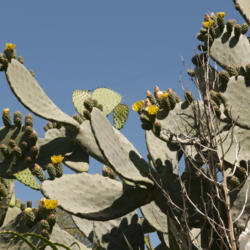

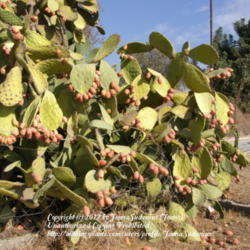
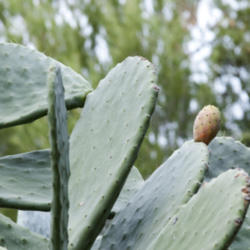
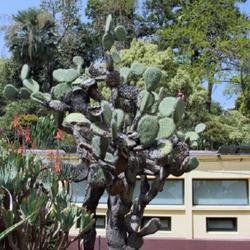
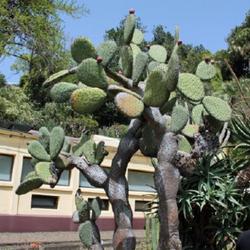
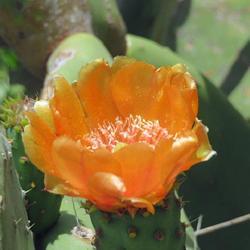
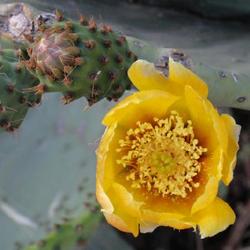
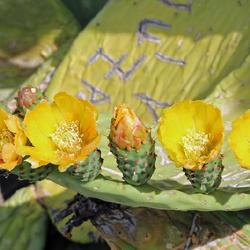
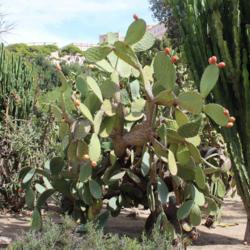
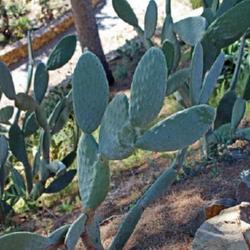
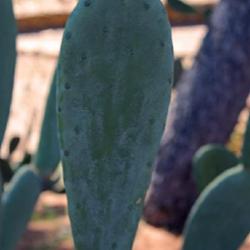
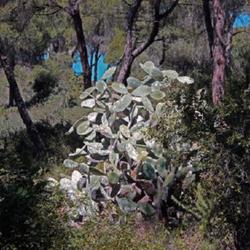
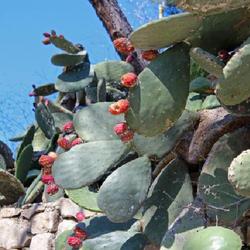

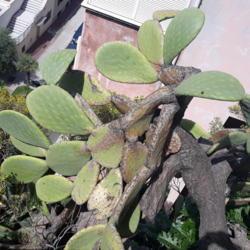

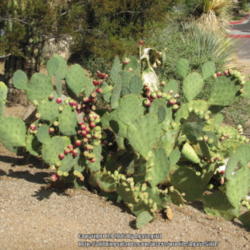
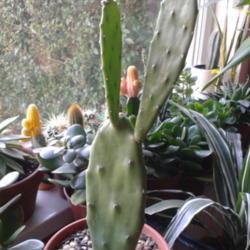
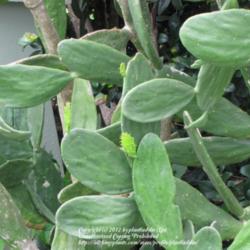
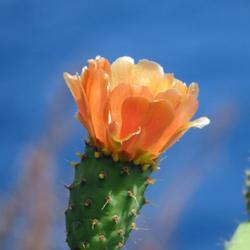
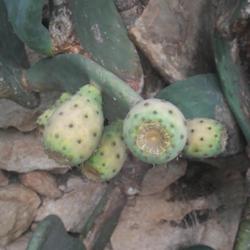
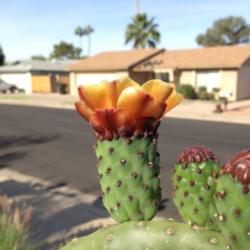
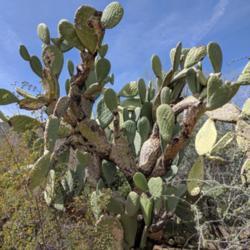
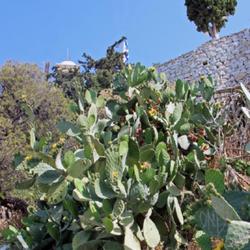
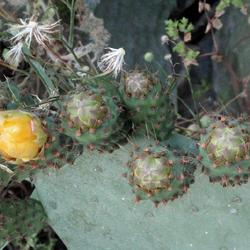
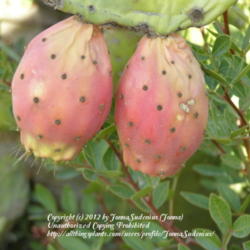
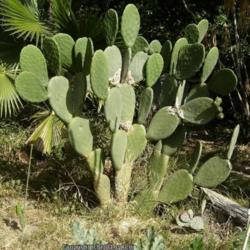

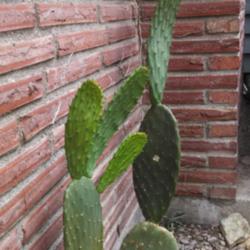
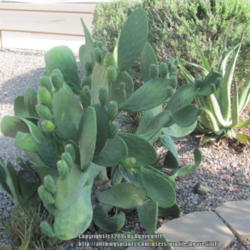
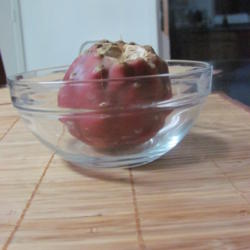

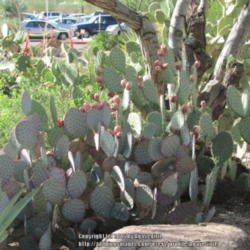

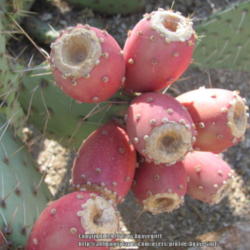


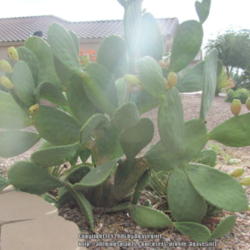
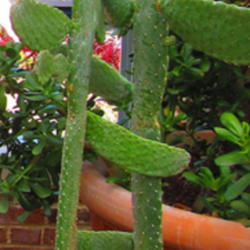
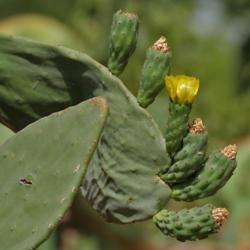
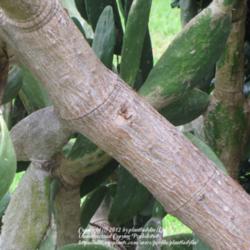
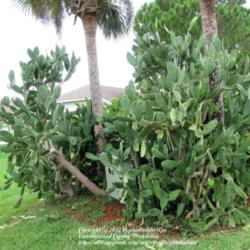
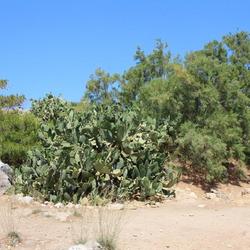




« Add a new plant to the database
» Search the Prickly Pears Database: by characteristics or by cultivar name
« See the general plant entry for Prickly Pears (Opuntia)